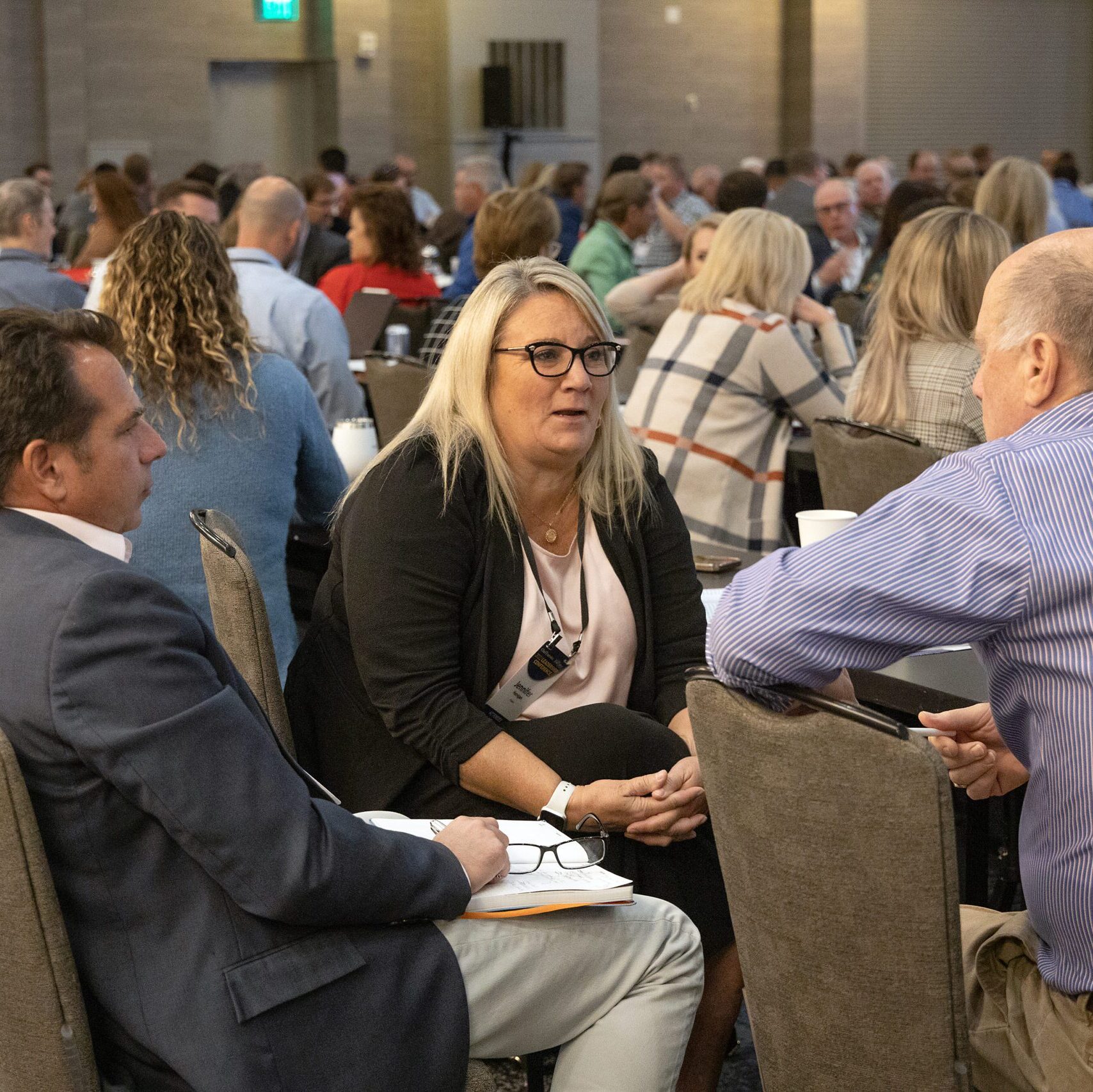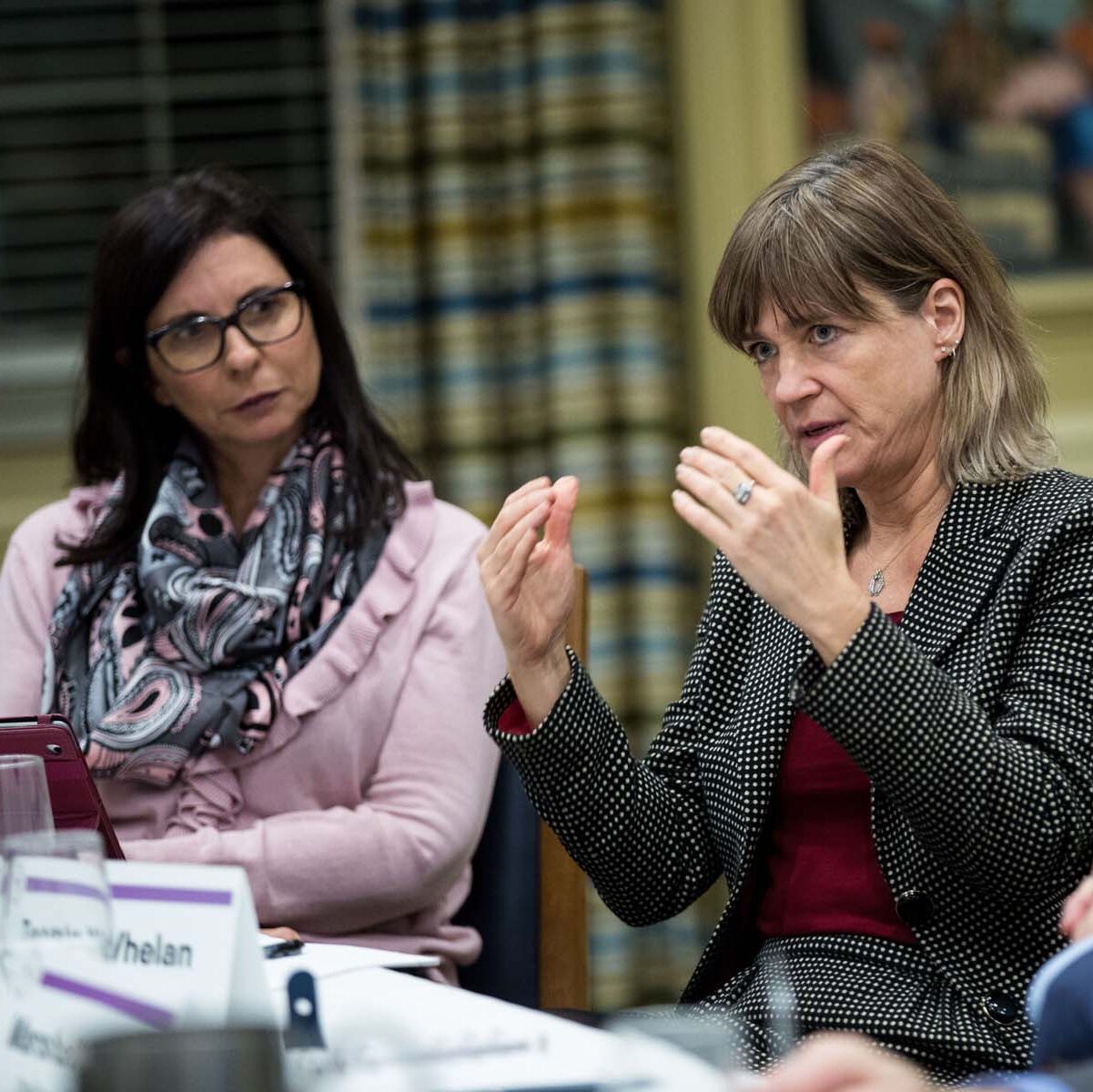WYOMING #17 Lowest Tax Burden
Extraction of natural resources has been driving the Wyoming economy for decades. Increasingly, a combination of expanding regulations and softening commodity prices are causing investment to sift to other sectors, including technology, manufacturing, tourism and infrastructure. Cheyenne is emerging as a data center hub with deals inked by Microsoft, EchoStar and Green House Data. Last year, a gun manufacturer, Magpul, relocated to Cheyenne from Colorado after Colorado passed gun-control legislation.
Last year was a strong year for the hospitality industry, and 2015 has continued the pace. Both the Eastern Shoshone Tribe and the Northern Arapahoe Tribe are expanding their casinos, near Lander and Riverton respectively, to include convention centers, water parks and other amenities. Several regional hydration projects are underway, including the Gillette Regional Water Supply Project and an addition to the Cumberland Rail Spur. A slate of community college, undergraduate education and professional training programs, some housed in new or nearly complete construction, is in progress.
Wyoming’s tax burden ranks lowest out of 50 states, and it ranks first in the Tax Foundation’s State Business Tax Climate Index. Wyoming spends over $89 million per year on incentive
programs.
IDAHO #28 Agriculture Is Still the Story
Agriculture continues to drive Idaho’s economy. Farming has expanded at 5.5 percent annually since 1980, with roughly three times greater than the U.S. as a whole. Most job growth, however,
is non-farm. Healthcare and social assistance jobs are expected to pace job creation through at least 2022, followed by growth in retail, hospitality and professional and business services, according to the Idaho Labor Department. Last July, Idaho introduced a new tax reimbursement incentive program that provides a tax credit as high as 30 percent for up to 15 years on sales, payroll and income taxes.
A dozen companies have tapped the program so far, including Skywest Airlines, which is building a new facility in Boise, and Amy’s Kitchen, which produces organic foods in Pocatello.
The Gem State’s seasonally-adjusted unemployment continued to fall this spring, reaching a seven-year low of 3.8 percent in March. Meanwhile, total employment jumped 5,400—the largest
one-month increase on record—to exceed 757,000 for the first time. Still, business leaders would like the state to invest more in infrastructure upgrades. Backlogged bridge and highway projects—valued at over $260 million and with no funding in sight—concern business leaders, says Roy Eiguren at Eiguren Fisher Ellis Public Policy, a lobbyist in Boise. He says business leaders support a fuel tax to pay for the projects, but have not found the political support to make it happen.
Idaho’s tax burden ranks 24th out of 50 states, and it ranks 19th in the Tax Foundation’s State Business Tax Climate Index. Idaho spends over $338 million per year on incentives.
MONTANA: #29 More Sustainable Growth
Patrick Barkey, director of the University of Montana’s Bureau of Business and Economic Research, calls the first half of the current decade “something of an economic miracle” in Montana. Thanks to the Bakken oil boom, rural communities that had been depopulating for decades have revived and are growing again. Tumbling crude prices late last year have dashed cold water on the miracle talk—mining earnings were down in 2014, and will drop lower this year—but forecasters like Barkey call the current situation more sustainable.
Economic growth is occurring more evenly across the major industries, with healthcare, professional business services and retail trade adding workers and paying higher wages. Tourism is counting on gains during the decade’s second half, as well, but other key industries face less cheery paths. Metal prices have been in retreat for three years running, and the state’s ranchers and farmers face a slowdown in the growth of global demand.
Says Barkey: “It all adds up to… more balanced, but possibly slower, economic growth.” Montana’s tax burden ranks 37th out of 50 states, and it ranks 6th in the Tax Foundation’s State Business Tax Climate Index. Montana spends over $101 million per year on incentives.
Chief Executive Group exists to improve the performance of U.S. CEOs, senior executives and public-company directors, helping you grow your companies, build your communities and strengthen society. Learn more at chiefexecutivegroup.com.
0

1:00 - 5:00 pm
Over 70% of Executives Surveyed Agree: Many Strategic Planning Efforts Lack Systematic Approach Tips for Enhancing Your Strategic Planning Process
Executives expressed frustration with their current strategic planning process. Issues include:
Steve Rutan and Denise Harrison have put together an afternoon workshop that will provide the tools you need to address these concerns. They have worked with hundreds of executives to develop a systematic approach that will enable your team to make better decisions during strategic planning. Steve and Denise will walk you through exercises for prioritizing your lists and steps that will reset and reinvigorate your process. This will be a hands-on workshop that will enable you to think about your business as you use the tools that are being presented. If you are ready for a Strategic Planning tune-up, select this workshop in your registration form. The additional fee of $695 will be added to your total.

2:00 - 5:00 pm
Female leaders face the same issues all leaders do, but they often face additional challenges too. In this peer session, we will facilitate a discussion of best practices and how to overcome common barriers to help women leaders be more effective within and outside their organizations.
Limited space available.

10:30 - 5:00 pm
General’s Retreat at Hermitage Golf Course
Sponsored by UBS
General’s Retreat, built in 1986 with architect Gary Roger Baird, has been voted the “Best Golf Course in Nashville” and is a “must play” when visiting the Nashville, Tennessee area. With the beautiful setting along the Cumberland River, golfers of all capabilities will thoroughly enjoy the golf, scenery and hospitality.
The golf outing fee includes transportation to and from the hotel, greens/cart fees, use of practice facilities, and boxed lunch. The bus will leave the hotel at 10:30 am for a noon shotgun start and return to the hotel after the cocktail reception following the completion of the round.